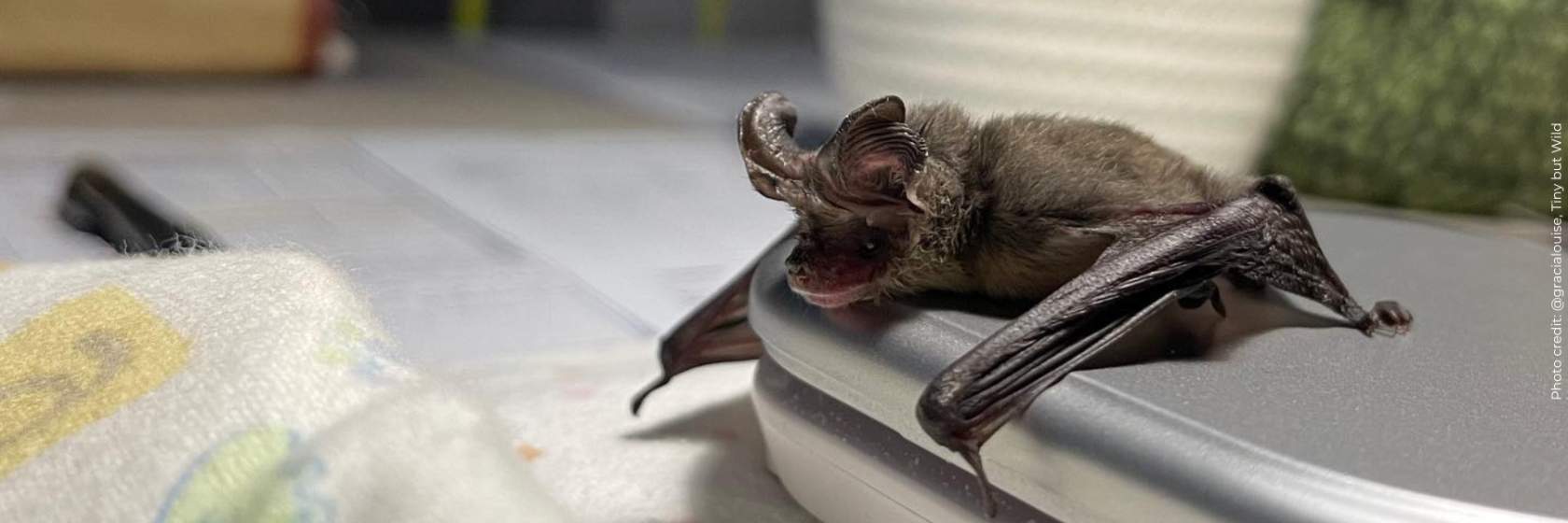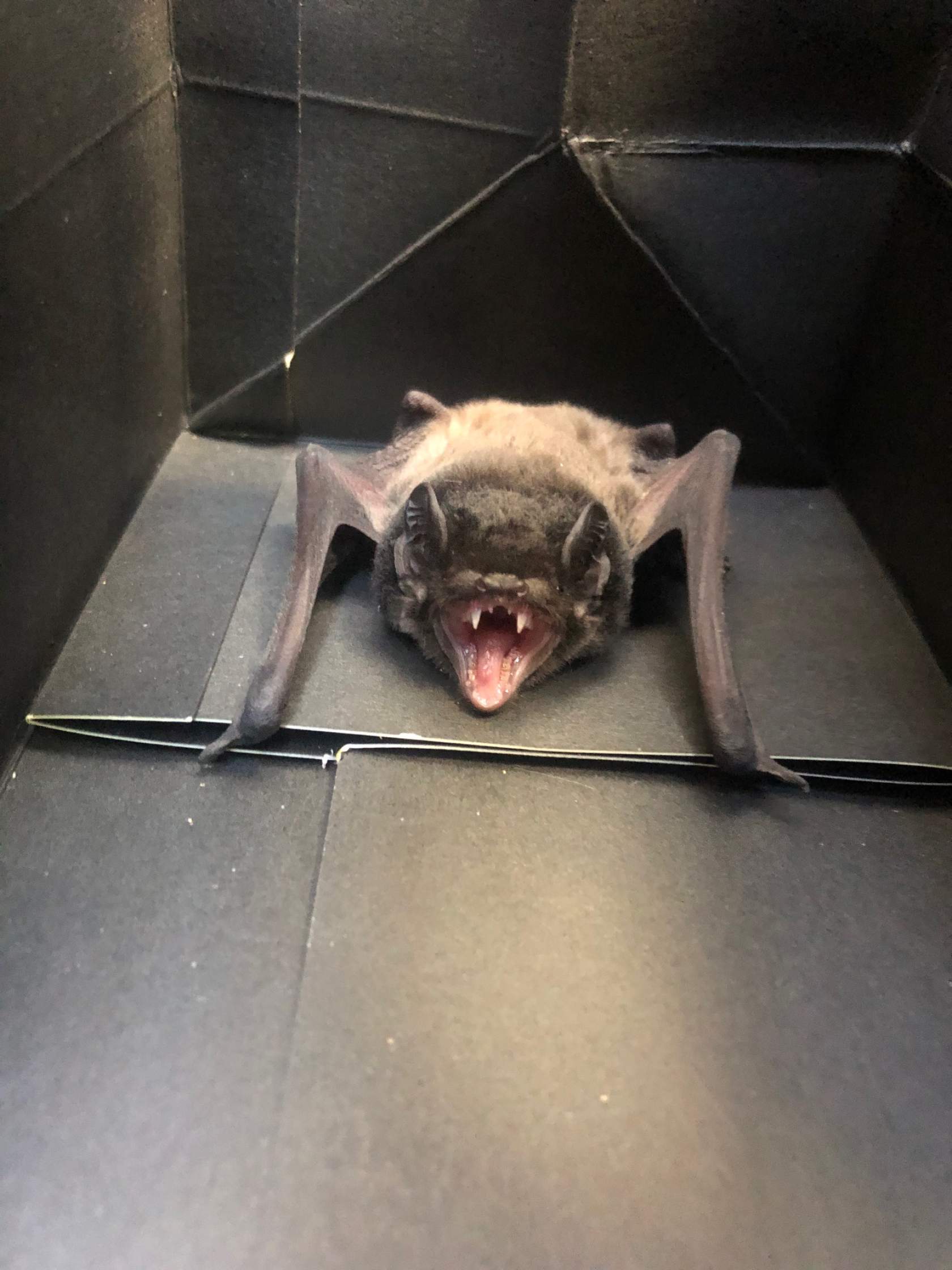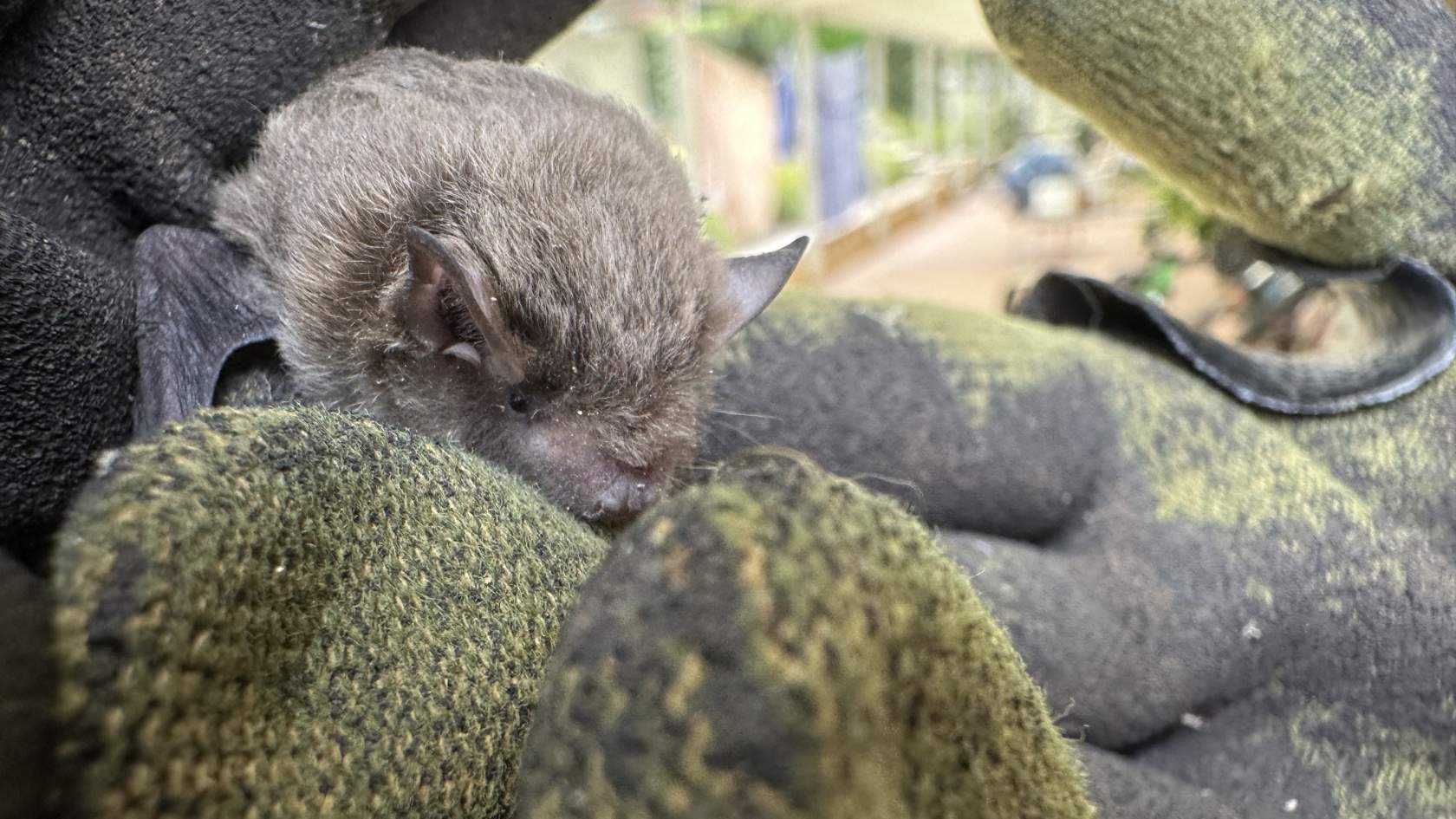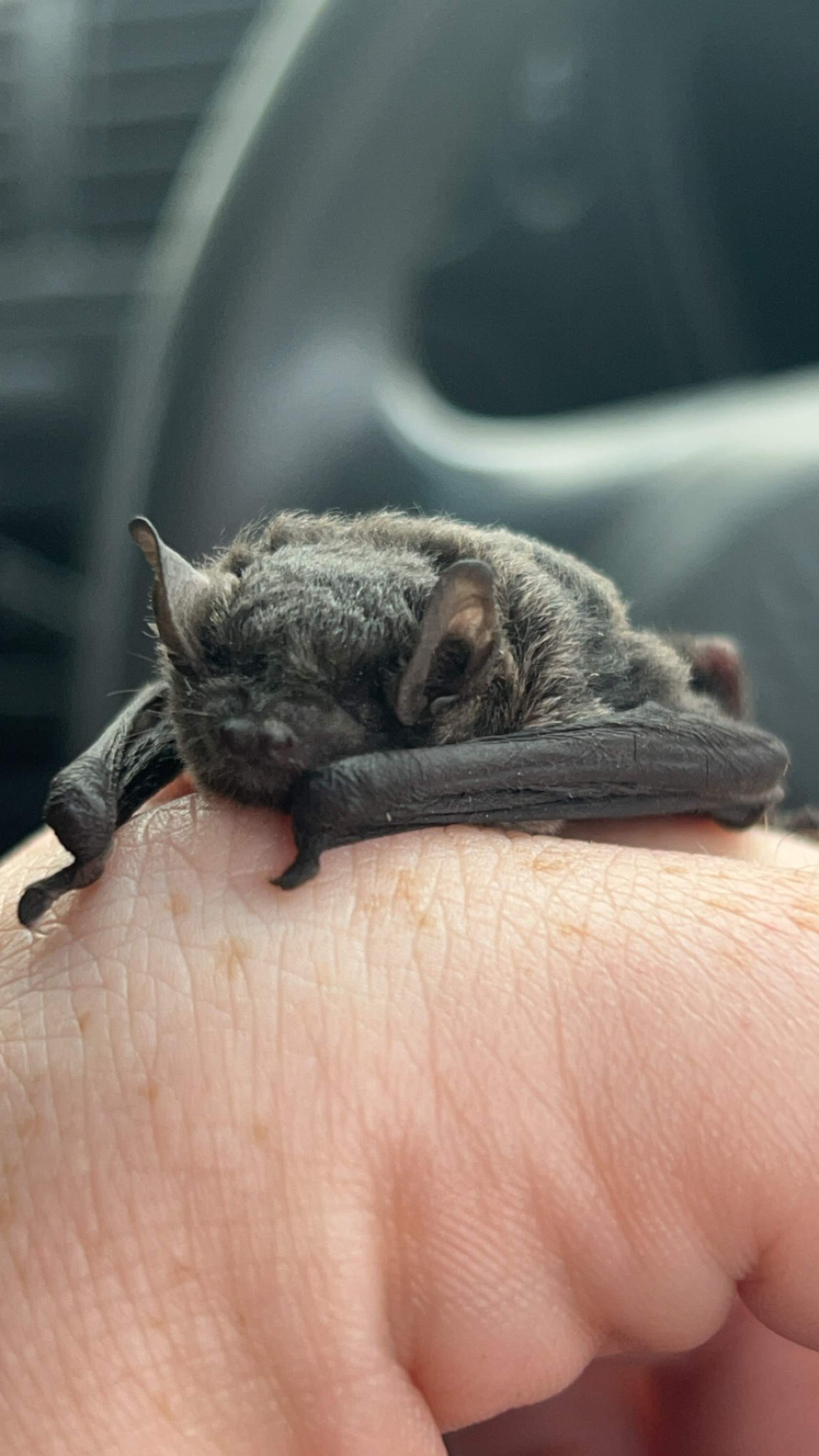
Victoria is home to 23 species of microbats (also called insectivorous bats), which are small bats that can weigh as little as 3 grams. Due to their insect-based diet, they are natural pest controllers and therefore play an important role in their ecosystem as well as in managing agricultural pests. A few examples of Victorian microbat species include the Gould’s wattled bat, lesser long-eared bat and the little forest bat.
Appearance
While Victoria’s smallest microbats weigh only 3g as adults, other species (such as the Yellow-bellied Sheath-tailed Bat) can weigh up to 60g when fully grown. Up close, microbats have large membranous wings compared to their body size and due to their reliance on echolocation, often have small eyes and large, prominent ears. Most microbats have dark brown, black or grey fur and skin.
Distribution and habitat
Each species of Victorian microbat has its own preference for habitat and is distributed differently across the state. This means that microbats can be found widely throughout Victoria, from eucalypt forests to urban backyards, and from alpine to coastal ecosystems. As they are nocturnal, microbats generally sleep hanging upside down in small, dark, quiet places during the day – commonly under eaves, tree hollows, folded outdoor umbrellas or caves.
Diet
A microbat’s diet consists of insects, including mosquitoes, moths, beetles, caterpillars, termites, and agricultural pests.
Behaviour
Many microbat species communicate via echolocation in frequencies outside of the range of human hearing. They use echolocation to help them navigate, communicate and find food. Microbats go into torpor (similar to hibernation) by lowering their body temperature and activity levels during winter when insect populations are diminished to avoid starvation. When they are not in torpor, microbats will fly out of their roost at dusk to forage for food during the night and return at dawn.
Breeding season
Depending on the species, mating in Victorian microbats can occur as early as March and as late as November, generally ceasing over winter while microbats are less active and in torpor. In some species of microbats, the females can mate with males in late autumn and delay their ovulation and fertilisation until warmer weather occurs later in the year. Most species of Victorian microbats will give birth to young between October and January.




General fun facts
What can you do to help?
Although microbats pose minimal risk to human health, it’s important to never handle a microbat or any other type of bat. Australian bat lyssavirus (ABLV) has been detected in some species of Victorian microbats, although the prevalence of infected bats is low. ABLV has the potential to be transmitted if you are bitten or scratched by a bat carrying the virus.
The best way to protect yourself is to not handle any bats you may come across. Please call Wildlife Victoria’s Emergency Response Service on (03) 8400 7300 if you need assistance with a microbat.
We commonly receive calls about microbats found in unexpected or unwanted places, such as inside an outdoor umbrella. Due to increased urbanisation and habitat destruction, microbats often use outdoor furniture or similar human structures to roost in. If you find a microbat in a spot like this during winter, it is important not to disturb them as they are likely in torpor and may not be able to survive if this is interrupted. If you do have microbats roosting in an unwanted location on your property or would like to encourage microbats into your yard, you can help by installing a bat box to provide a cosy alternative spot for them to roost.
A microbat found on the ground or in a similarly exposed spot will require rescue and assessment, even if they do not have any obvious injury. Microbats may end up on the ground due to being attacked by other animals, vehicle collisions, heat stress, or exhaustion. Young microbats may crash on the ground when learning to fly but should also be assessed by a professional in case of injury.
If you see a microbat on the ground, please contact the Wildlife Victoria Emergency Response Service on (03) 8400 7300 as soon as possible and do not attempt to handle the microbat.
Occasionally microbats make their way into houses through open windows and doors while they are foraging and are unable to get out themselves. If this happens, it is best to leave doors and windows open and keep pets away, turn lights off inside, and lights on outside, to encourage the bat to navigate its way out.
Microbats are sometimes found within buildings or houses, potentially roosting within a roof or wall. The best way to encourage a microbat to move on is to use a ‘bat sleeve’ (made of a black plastic bag taped around an entry point), from which the bats are able to leave from but unable to crawl back up the plastic to re-enter. If they are found in winter, microbats may be in a state of torpor and thus any disturbance should be avoided. It is very important not to attempt this in breeding season (October to February) when young microbats are left inside the roost while their parents forage.
If you find a microbat within a building, please call our Emergency Response Service on (03) 8400 7300 for the best advice as methods for removal may change during certain times of the year.
We hope that by increasing your understanding and awareness of our beautiful wildlife, you will feel empowered to manage wildlife situations confidently and in an informed, safe and appropriate manner. For support at any time, please call our 24/7 Emergency Response Service on (03) 8400 7300.
Banner and hero image courtesy of @gracialouise, Tiny but Wild.
